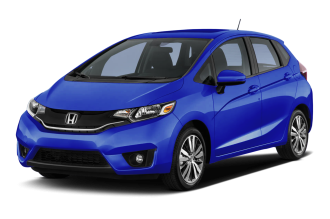1. Entering the Roundabout
Always yield to traffic already in the roundabout coming from your right. Wait for a safe gap before
entering.
2. Choosing the Correct Lane
- Left Turn (first exit): Use the left lane.
- Straight Ahead (second exit): Use either lane but remain in your lane throughout.
- Right Turn (third exit) or U-turn: Use the right lane.
3. Signaling
Indicate your direction as you approach the roundabout:
- Signal left when taking the first exit.
- No signal if going straight but signal left after passing the first exit to indicate you're exiting.
- Signal right if taking the third exit or making a U-turn, and then signal left after passing the second
exit.
4. Inside the Roundabout
Maintain your lane; do not switch lanes inside the roundabout. Use your indicators to show when you are
exiting.
5. Exiting the Roundabout
Ensure your signal is on as you prepare to exit. Check mirrors and blind spots for cyclists, motorbikes, or
other vehicles.

